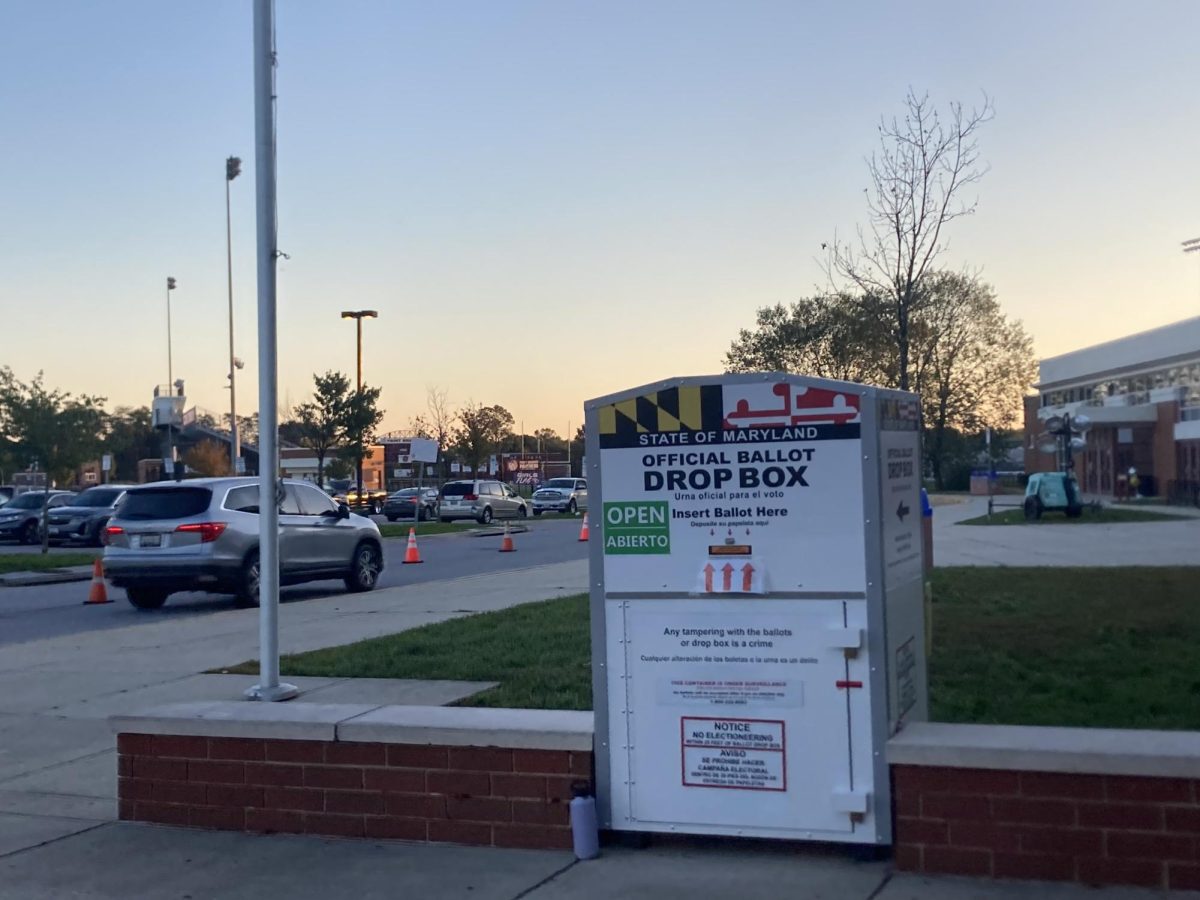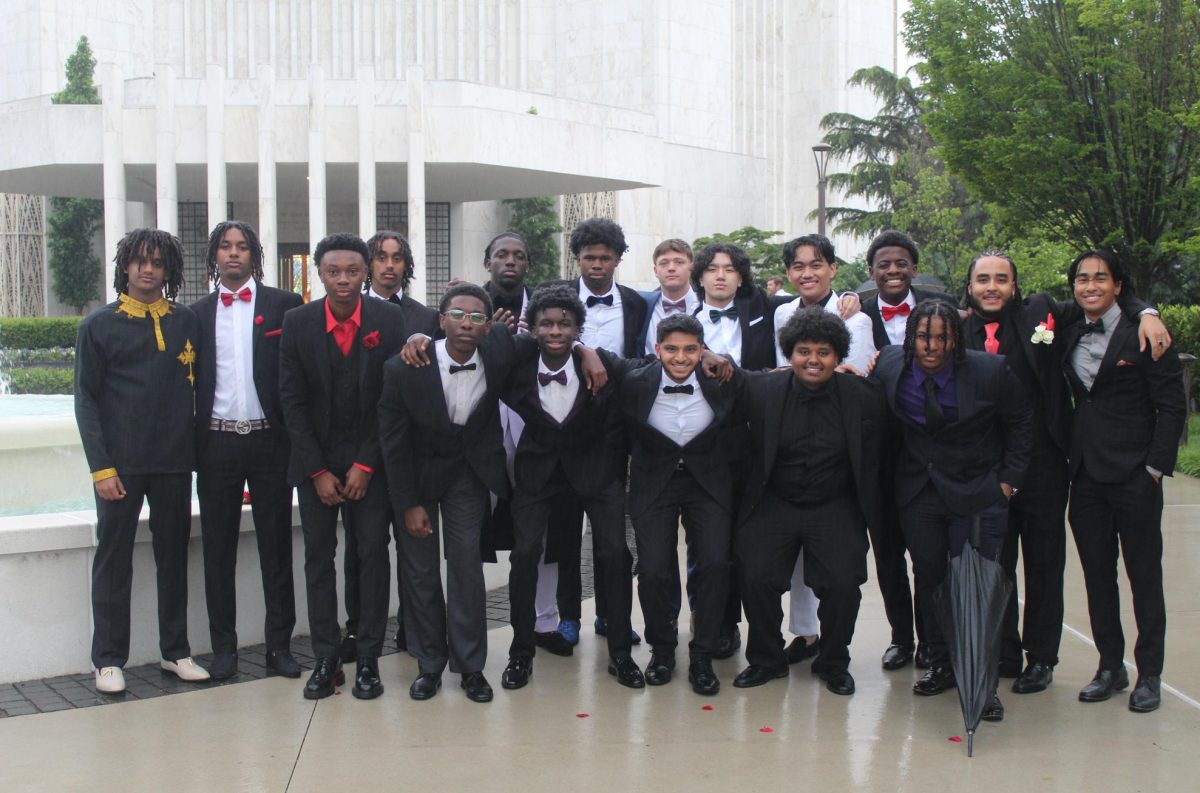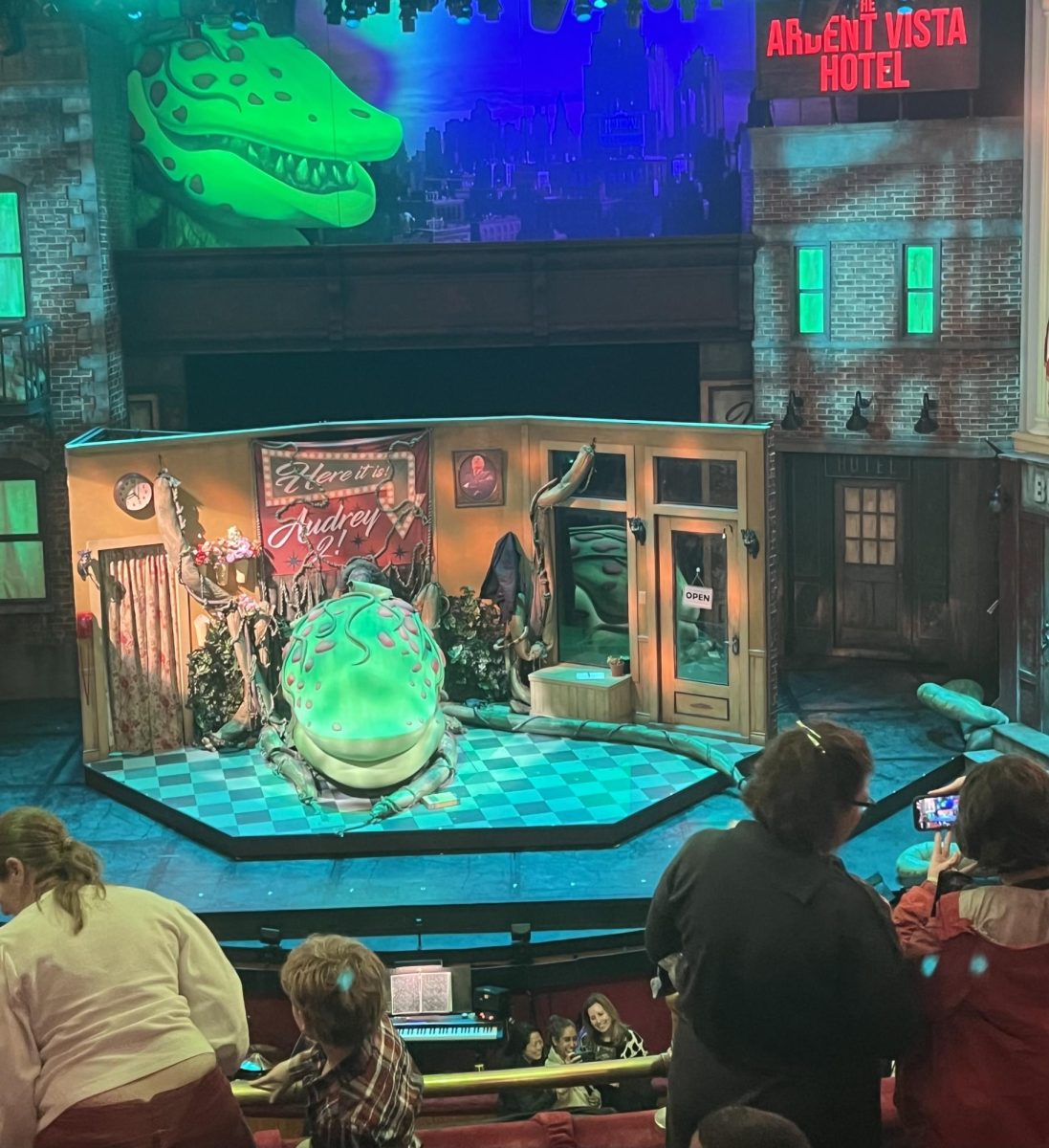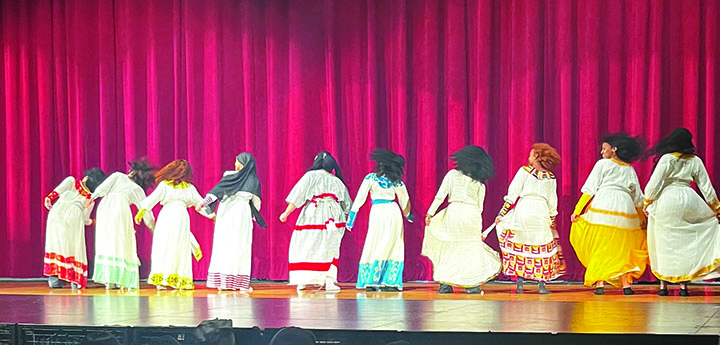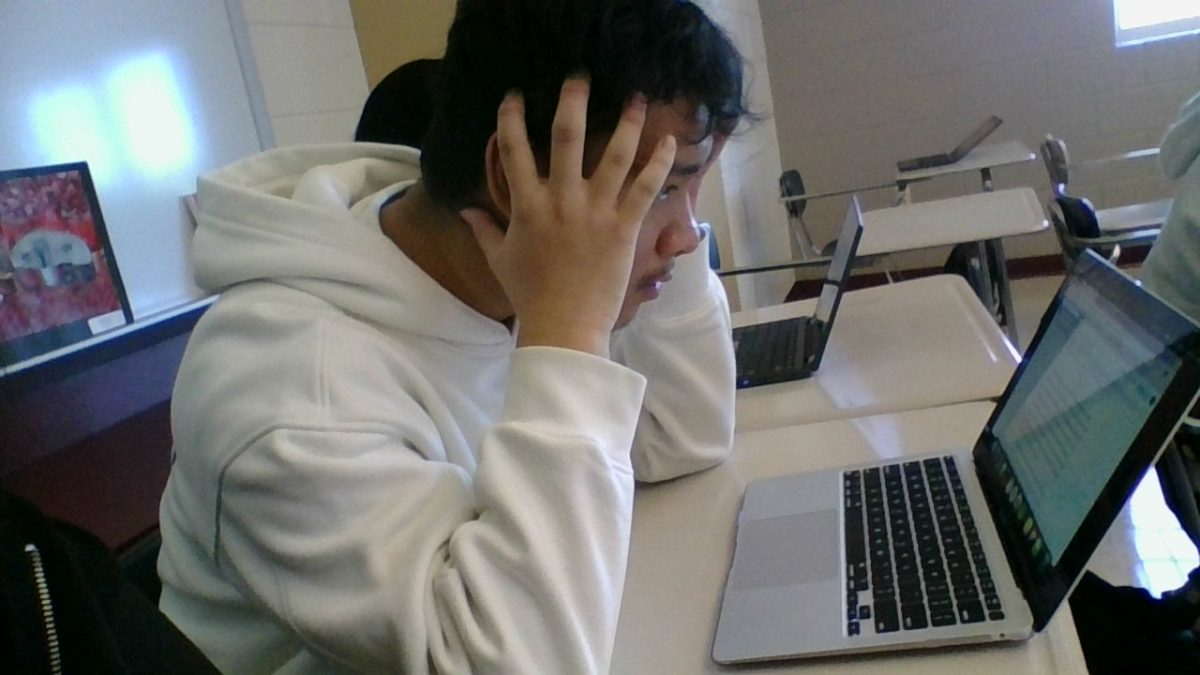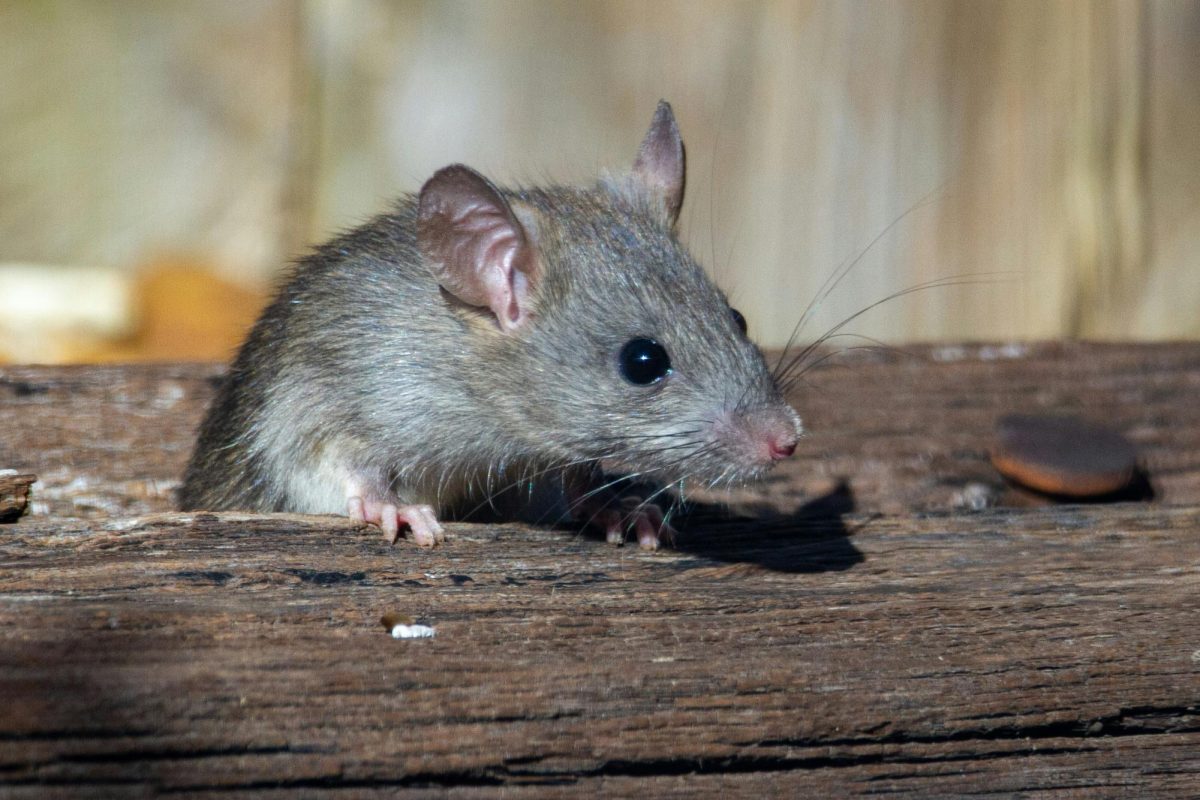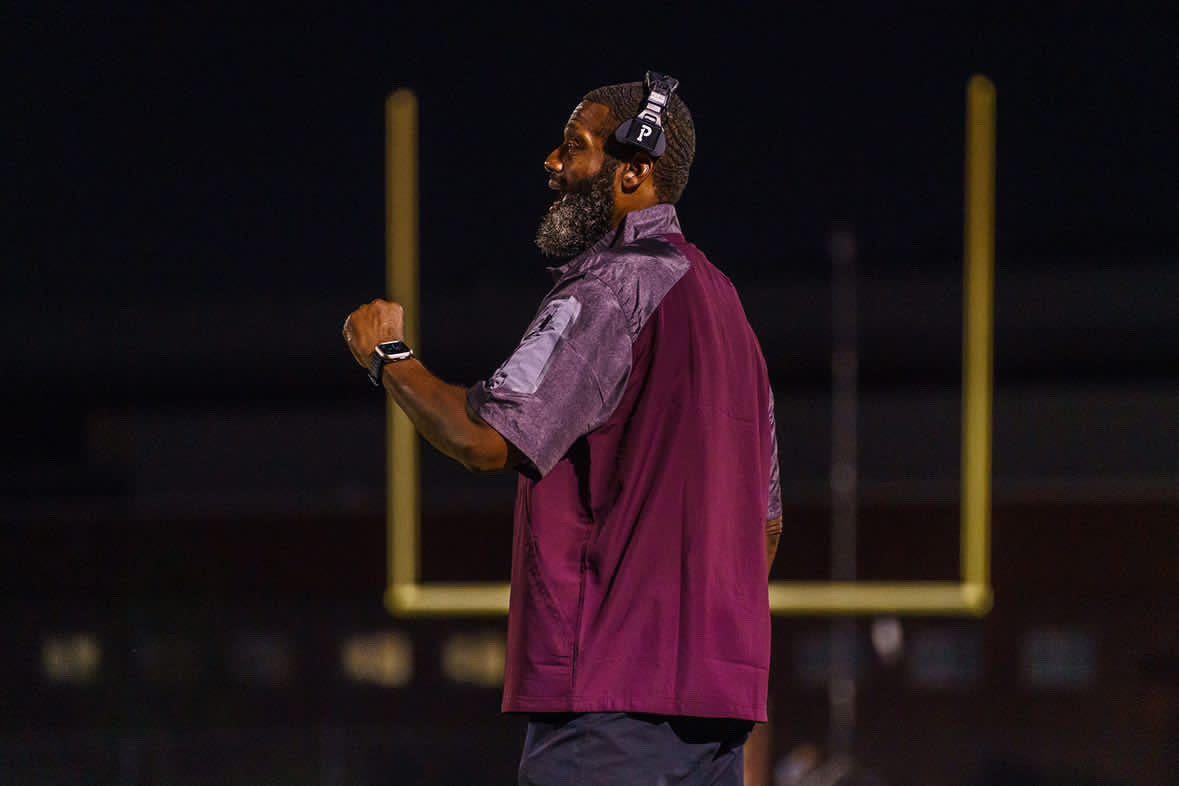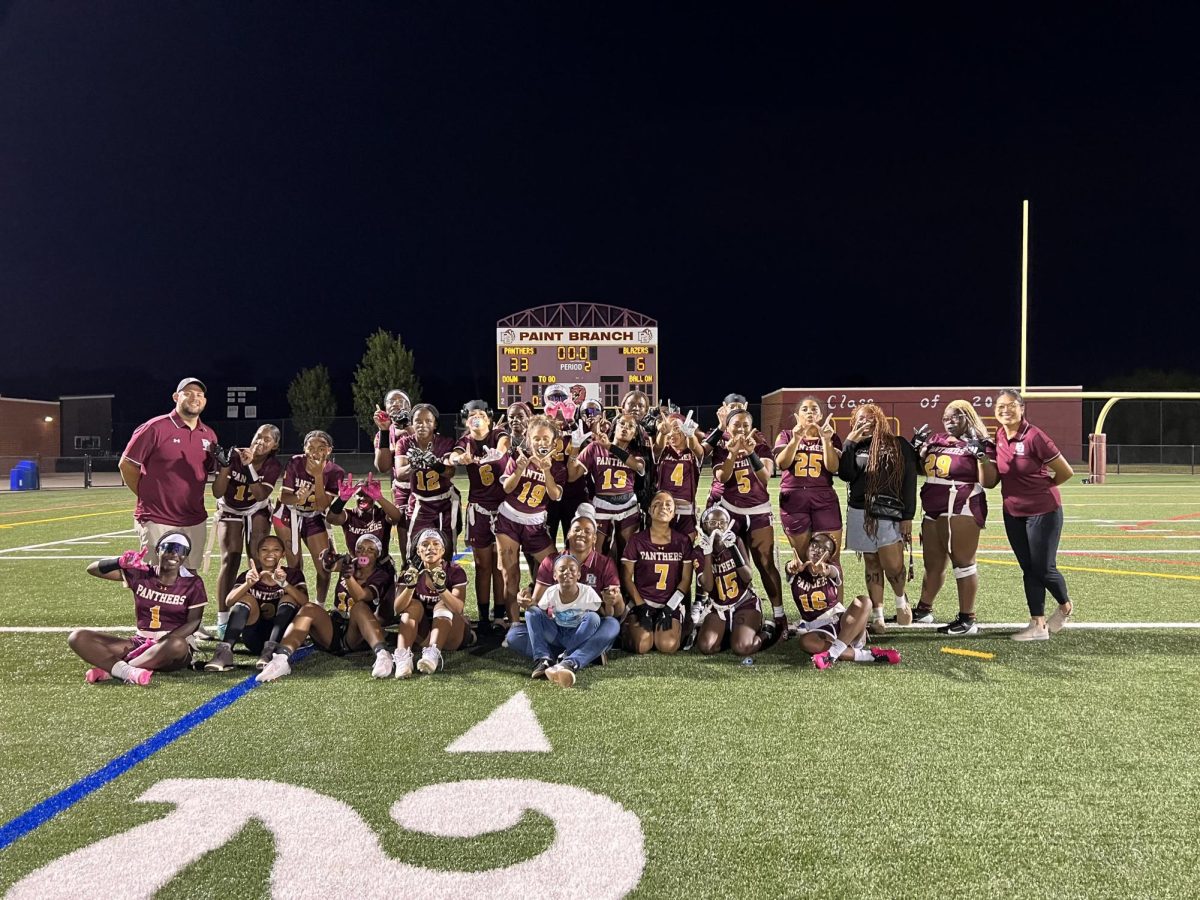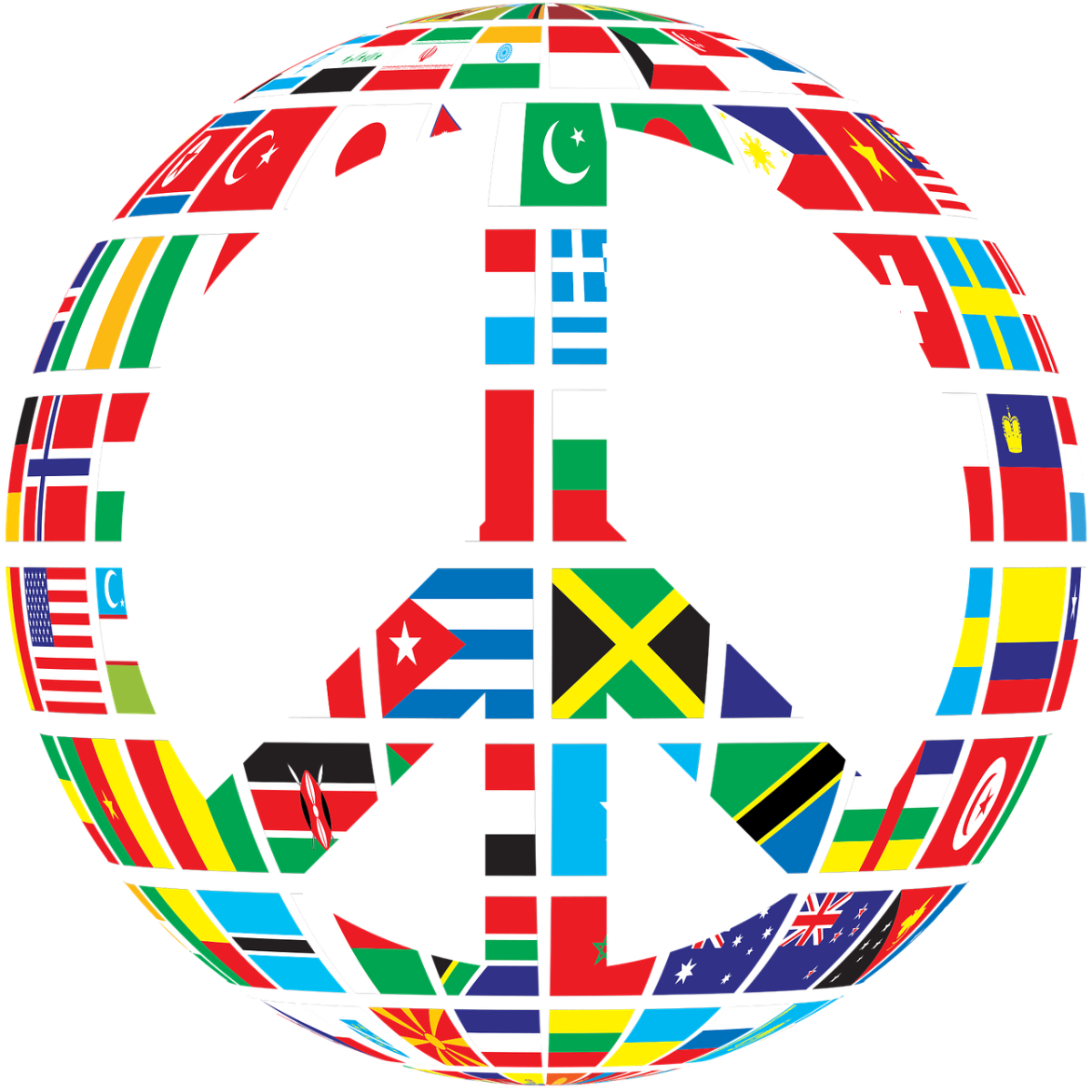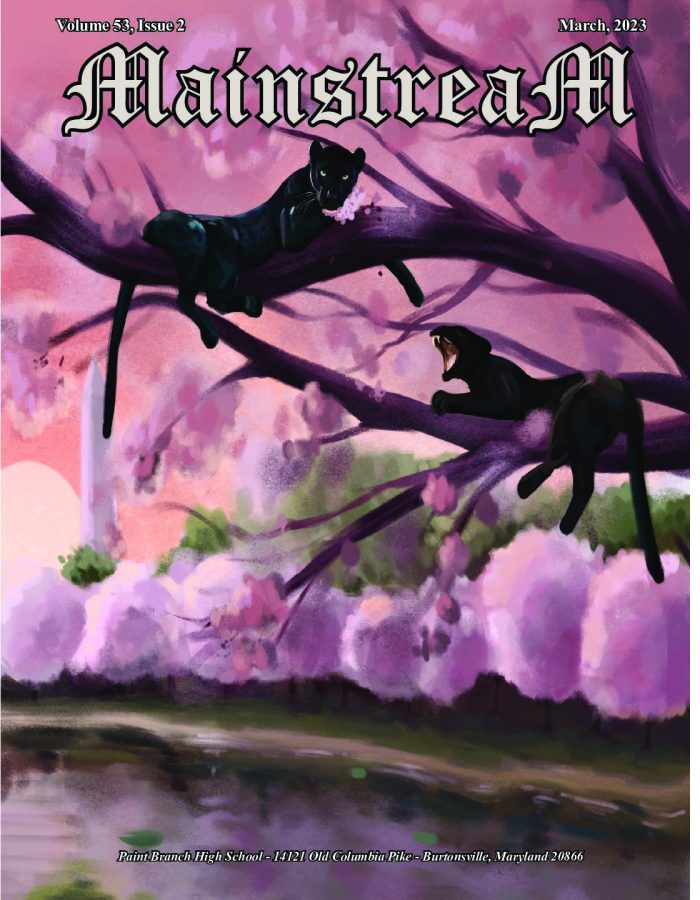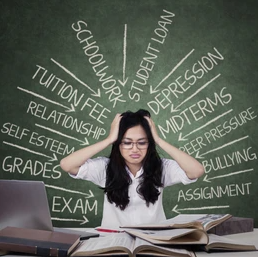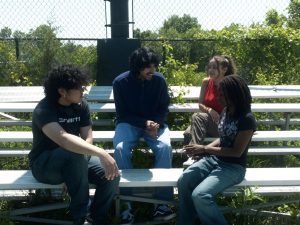Dismantling the Model Minority Myth
April 26, 2021
It’s not far-fetched to say COVID-19 has had a lasting impact on our lives – one that will, undoubtedly, continue far into the future. Globally, millions have lost their lives to the virus and others have suffered from the lasting effects of the pandemic in many other ways.
One group in particular that has suffered in many ways during this time, including losing their lives at the hands of targeted violence, are Asian-Americans. Throughout the pandemic, Asian-Americans have had to hear our former president call the virus “Chinese Virus” or “Kung-Flu,” while watching or hearing about our communities being attacked.
Soon Chung Park was 74 years old when she was killed in one of the recent spa shootings. She emigrated from South Korea and worked numerous jobs as a single mom to provide for her family. Vicha Ratanapakdee was an 84-year-old Thai immigrant who was well known in his neighborhood for going on long walks every morning. On one of these walks, he was violently slammed to the ground and killed. Thu Nguyen, a Vietnamese immigrant who worked tirelessly as a mechanic and was a loving father to 4 kids and grandfather to 4 grandchildren, was 55 years old when he was shot. His son and daughter had to watch him die in their arms. These three individuals were victims of hate and bigotry that was unveiled when the pandemic began.
While racism against Asians has been more widespread and shown in the media lately, it’s always been a prevalent issue. The underlying “model minority myth” that’s been reinforced in our society plays a big part in it. It seems harmless on the surface: Asian-Americans are such hard-workers that they get to live “the American dream” and are smart enough to make it on their own. But look deeper and you’ll find how pernicious this myth truly is. It doesn’t seek to portray Asians in a positive light; it’s a mask to hide systemic racism. The “model minority” is a harmful idea that not only perpetuates Asian stereotypes, but also downplays systemic racism.
The myth creates a standard for Asians to live up to. It requires that they be extremely smart and excel at what they do, putting pressure on them to meet the expectations of those around them. It restricts our identities to being defined by stereotypes that we are simply smart, do what we’re told, and are able to be pushed around. We are so much more than that and have so much more potential than people think we do.
That pressure to be or act a certain way “hides the pressures and paradoxes inherent within an Asian American identity,” says Sarah-Soonling in her article “What is the Model Minority Myth?” Asians are painted as successful people who have worked their way to the top on their own. On the surface, this association seems logical, but it overshadows a large economic gap. According to Rakesh Kochhar and Anthony Cilluffo of PEW Research, Asians are “the most economically divided racial or ethnic group in the U.S.” They add “while Asians overall rank as the highest earning racial and ethnic group in the U.S., it is not a status shared by all Asians: From 1970 to 2016, the gains in income for lower-income Asians trailed well behind the gains for their counterparts in other groups.”
The article “The Model Minority Myth” in Harvard Law School’s online publication Asian Americans in the Law (2018) further examines this issue. It notes that Asian-Americans have the highest median income of any racial group, but they also have the largest income gap of any racial group with the top 10th percentile earning 10.7 times as much as the bottom 10th percentile. Many immigrants come from Asia under different circumstances and different countries, so many achieved different levels of education. Individual differences and identities should not be pushed aside to create this generalized, surface-level based assumption.
Some say Asians are able to achieve so much because of their stable, hardworking households and strict parenting, which is usually common in immigrant households. However, these people choose to ignore the various issues that go on in seemingly perfect immigrant and Asian households. Subjecting previous generations to the model minority myth leads them to project these ideals onto newer generations. A study completed by Sunmin Lee and his peers found that many young Asian-Americans have reported their stress being the result of pressure from their families and society to perform well academically, balancing two different cultures and languages, familial obligations, and racism or isolation due to their ethnicity. Furthermore, most are not willing to seek support due to stigmatization of mental health in Asian cultures. There have been alarming rates of suicide and mental health issues in Asian communities, but they continue to be pushed to the side due to cultural beliefs and the expectation that Asians are self-sustaining. Choosing to ignore these issues is choosing to ignore a vital part of the identity of immigrants and Asian-Americans. Ignorance will not help prevent the tragic consequences that come with untreated mental health disorders.
We shouldn’t turn a blind eye to the rising hate crimes being committed against Asian-Americans either. Jessica Guynn and Aleszu Bajak’s article, “Asian American hate online increased most amid COVID-19,” from USAToday, reports that during the COVID-19 pandemic, Asian-Americans reported the single biggest increase in serious incidents of online hate and harassment. Racist slurs have been used to place the blame of the spread of the virus on Asians. The anti-Asian rhetoric online has led to violence in real life against Asians with many Asians and Pacific Islanders across the nation and in many parts of the world being victims of hate crimes. Unfortunately, while a lot of talk has occurred denouncing these attacks, social media platforms have actually fallen short of removing hate speech. We live in a country where our former president thought it was okay to use terms such as “Chinese Virus” and “Kung Flu” – two terms that he continued to use after leaving office – merely furthered the anti-Asian rhetoric. We live in a country where we’re being used as scapegoats to explain why the pandemic is spreading. The virus is being used by people as a reason for them to project their hate. The hardships of minorities cannot simply be solved by “working hard” or having a “perfect two-parent household.” They stem from institutional violence perpetrated by a country that works to place the blame on minorities for its problems. The model minority myth pretends to uplift our community in order to coddle others into thinking they can ignore their own hand in systemic racism.
Unless we can erase racism from the world, the model minority myth won’t die. However, we can take steps to combat it. I believe we should implement more Asian-American history into schools to explore how Asian-Americans have and still are affected by systemic racism and oppression, and how the model minority myth fails to capture their experiences in America. In the immortal words of James Baldwin, “Please try to remember what they believe, as well as what they do and cause you to endure, does not testify to your inferiority but to their inhumanity and fear.” We should not be defined by a society that oppresses us and looks down upon us. The hate people spew is not a testimony of our character but theirs.

